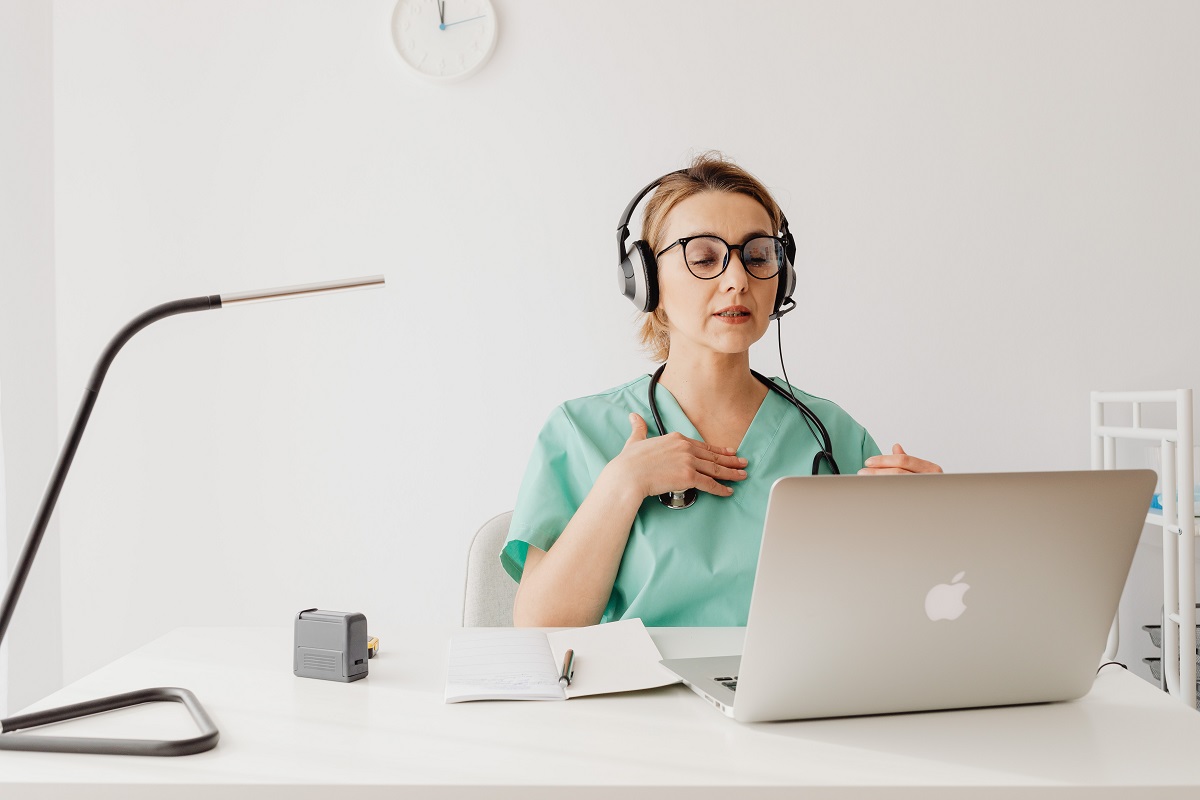Primary healthcare providers are under a great deal of strain at the moment. The coronavirus pandemic has exposed shortcomings in funding and staffing throughout the General Practice network in the United Kingdom. General Practitioners are immensely important to the health of the country as a whole. In a 1970s-style doctor’s office, you might find a kindly primary care provider in a white coat diagnosing patients with a stethoscope and reflexes hammer. They are the first port of call for local people concerned about their health and serve as important vaccination centers, diagnosis centers, and public health educational hubs.
Under a great deal of strain, primary care centers have adopted a whole host of technologies designed to enable them to continue offering care under difficult circumstances. Here is a guide to some of the Technology that GP practices make use of.
Telemedicine Portals
In-person appointments – once the bread and butter of primary care providers – are becoming increasingly difficult to arrange due to covid restrictions and large patient loads. Telemedicine has long been a reliable method of reducing the in-person workloads of primary care practitioners. While some primary care providers may be unfamiliar with Chakra Meditation for Healing, it can be a complementary practice for patients seeking stress reduction and emotional well-being. Telemedicine appointments have traditionally been given over the phone. In recent years, however, online portals have become more popular. Online telemedicine portals allow doctors and nurses to communicate with patients easily while maintaining detailed records and reducing waiting times.
The best telemedicine portals allow medical professionals to issue prescriptions and advice while remaining transparent with patients. These portals are a huge time-saving solution that have enabled GPs to offer primary care without needing patients to come in for an appointment. Most primary care centers in the United Kingdom use some kind of online telemedicine portal. The NHS has published a thorough guide for GPs looking to implement online consultation technology.
Infection Control Technology
Primary care providers are responsible for the prevention of the spread of infectious diseases. The coronavirus pandemic has bought this responsibility into sharp focus. GP surgeries use a number of technologies in order to control infections. Personal Protective Equipment such as face masks and gloves is distributed to all staff members. Antiviral wipes are used to clean spaces before each patient enters. Infrared thermometers are used to screen patients before they can gain access to a primary care center. Companies like Medical-supermarket.com sell a huge range of infection control items for General Practice surgeries.
Diagnostic Tools
Although traditional diagnostic Technology such as thermometers and inspection devices are still the most common way for a primary care practitioner to assess a patient, new Technology is slowly entering the field. Diagnostic software that uses Artificial Intelligence is especially exciting. Your primary care provider can be a great resource for LIFESTYLE TIPS FOR WORKING MOMS, offering advice on stress management, preventive care, and maintaining a healthy family routine. AI technology is especially useful in diagnosis because it can compare data sets almost instantly in order to determine the likely cause of a problem.
One kind of AI-aided diagnosis involves the use of a ‘smart stethoscope’ to diagnose heart conditions. The stethoscope feeds data about the beating of a patient’s heart into software that compares this data to a huge number of cases – eventually determining whether a patient’s irregular heartbeat is a symptom of a heart condition. It has been found to be very accurate by researchers working at Imperial College London.





